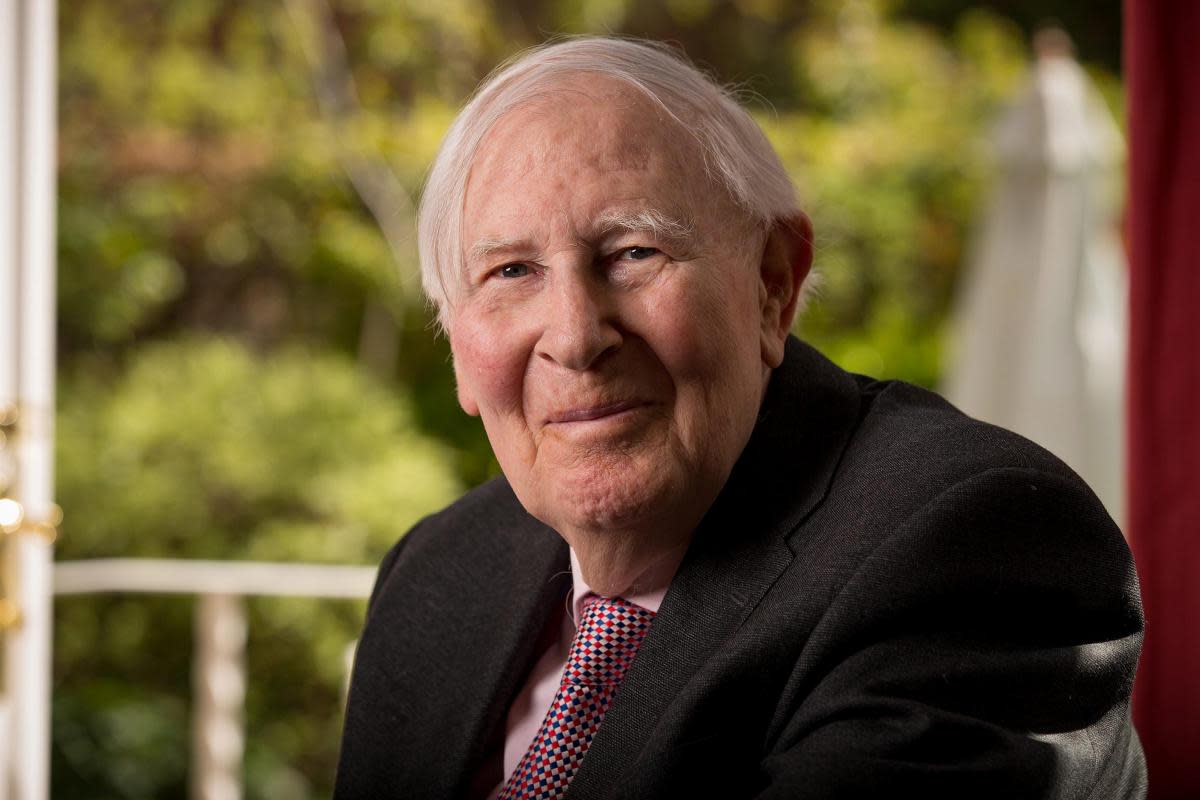Sub four-minute milers 'shows extreme exercise doesn’t reduce lifespan'

The long lives of sub four-minute milers show that "extreme" exercise doesn't reduce lifespan, according to new research.
A study of the first 200 athletes to run a mile in under four minutes - including Britain's Sir Roger Bannister who was the first to achieve the landmark feat - shows they outlive the general public by around five years.
The study, published online in the British Journal of Sports Medicine, marks the 70th anniversary of Bannister's world record-breaking run at Iffley Road athletics track in Oxford on May 6, 1954.
Bannister, who was later knighted for his services to sport, died of pneumonia in March 2018 aged 88, just 20 days short of his 89th birthday.
While regular moderate exercise is considered a pillar of healthy ageing, researchers say it has long been thought that exposing the body to bouts of extreme endurance exercise may push it too far and shorten life expectancy.
Study author Professor Mark Haykowsky said: "The repeated bouts of near maximal to maximal exercise performed by mile runners makes them a unique group in which to test the potential impact of extreme intense exercise on longevity."
The research team scrutinised the list of 1,759 athletes who had run a mile in under four minutes as of June last year.
They extracted the details of the first 200 to do so, on the grounds that they would be at an age that would either match or exceed the average life expectancy for their generation.
The athletes' longevity was tracked from the exact date of their first successful attempt at breaking the four-minute barrier to either the age of 100, the end of 2023, or death, to find out the average difference in life expectancy between them and the general population, matched for age, sex, and nationality.
This difference was calculated as the observed life years for a runner minus their population-matched life expectancy. This number was then averaged across all 200.
The first 200 athletes to break the four-minute mile spanned a period of 20 years from 1954 to 1974. They came from 28 different countries across Europe (88), North America (78), Oceania (22) and Africa (12).
They were all born between 1928 to 1955, and were aged 23, on average, when they ran the mile in under four minutes.
Of the total, 60 (30 per cent) had died and 140 were alive at the time of the analysis. The average age at death was 73, but ranged from 24 to 91, while the average age of the surviving runners was 77, ranging from 68 to 93.
Information on cause of death wasn't known for most of the athletes, but of the seven who died before the age of 55, six were due to trauma or suicide and one was due to pancreatic cancer.
Prof Haykowsky, of the University of Alberta, Canada, said: "The analysis revealed that the under four-minute milers lived nearly five years beyond their predicted life expectancy, on average, based on sex, age, year of birth, age at achievement, and nationality.
"When factoring in the decade of completion, those whose first successful attempt was in the 1950s, lived an average of nine years longer than the general population during an average tracking period of 67 years.
"And those whose first successful attempt was in the 1960s and 1970s lived 5.5 years and nearly three years longer during an average tracking period of 58 and 51 years, respectively."

 Yahoo News
Yahoo News 
